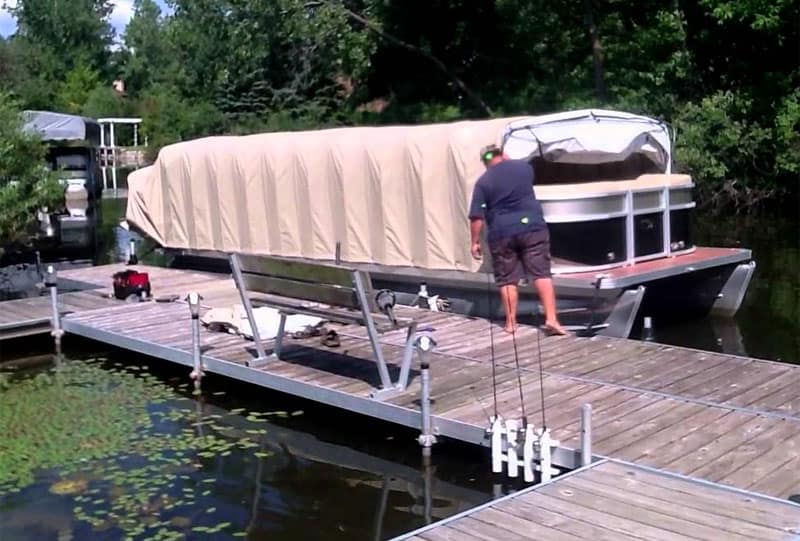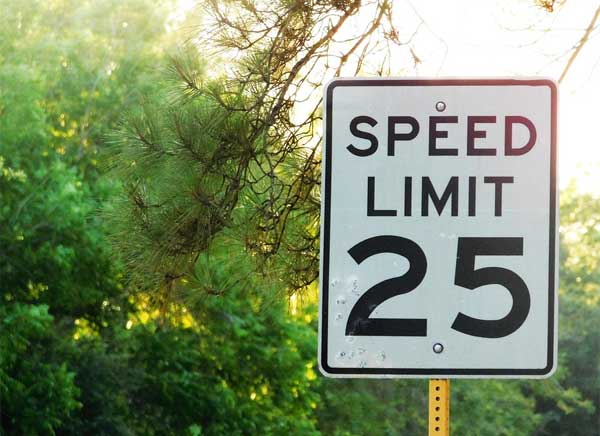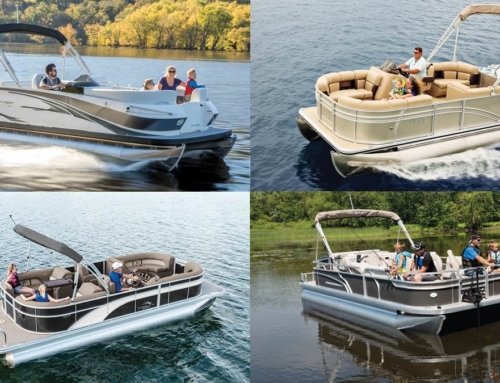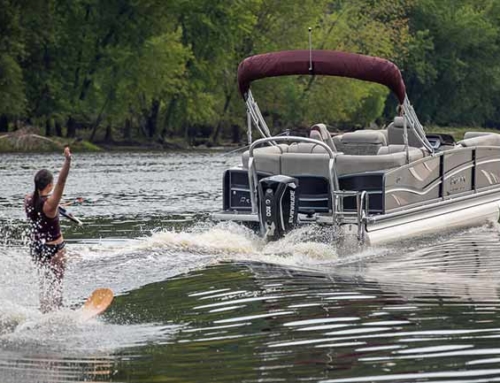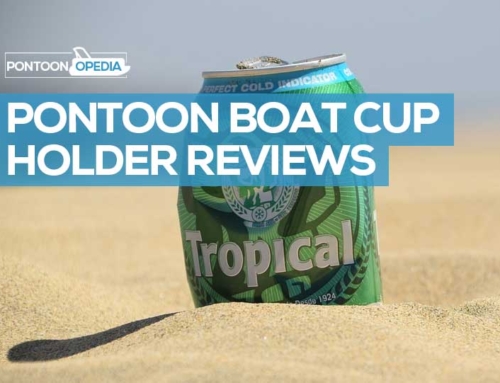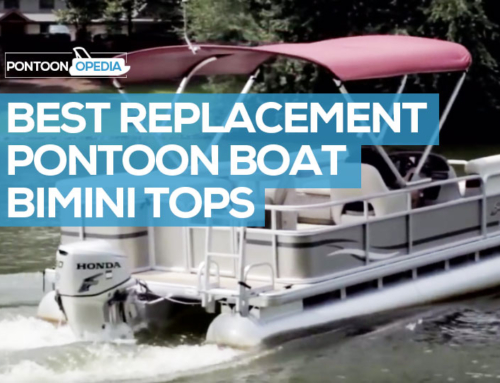When you’re not using your boat it’s essential that you make sure it’s protected from the elements, and one of the best ways to do that is by using a pontoon mooring cover.
In the main, the best pontoon mooring covers will be custom made ones. But they can cost thousands of dollars. This is my guide below (scroll down) to the best replacement ones that work reasonably well and won’t cost a lot of money.
They are designed to be used when you keep your boat on the water, such as in a dock or marina. Mooring covers can also use when your boat is trailered up or in storage back at home – but many are not designed for towing. I want to be very clear with that distinction.
The best mooring cover for a pontoon boat will be one that is a little taller or taut than a standard towing cover. Why? Because you don’t rain water to gather in it and not puddle or pool.
You might be after a replacement or possibly you didn’t pay the extra money when buying your boat from the dealer.
Table of Contents
Best Mooring Cover for a Pontoon Boat
If you do decide to buy any of the covers below, expect them to not fit like custom-made ones would be. You might also want to use support poles underneath, otherwise you run the risk of pooling water which will damage the cover over a period of time.
The first one in this list is on that I personally use, with one additional selection I’ve seen others use.
#1: EmpireCovers Aqua Armor Pontoon Boat Covers
This is a great tri-purpose cover, and can be used for mooring, trailering, and towing. It’s the one that I use, being waterproof and breathable with ventilation. You can read the Amazon reviews which are really good.
That means it’s not as likely to get mildew and mold in, although you should still take preventative measures, which I go into lower down the page in the FAQs.
It’s stood up well to rain, snow, and very hot weather with no degradation. I am very careful though to add more waterproofing product to it every 12 months, and regularly inspect it.
You can pull it really tight and taut over your boat to stop any areas where water pooling can occur.
With a 5-year warranty, it’s never let me down, and has lasted me three years so far. I love it and think you will too.
#2: Vortex Ultra Boat Covers
Another tri-purpose cover you could consider is the Vortex range. They are very budget, but again come with a 5-year guarantee so should serve you well for mooring, towing, and trailering.
Vortex have a good reputation, and I’ve seen these in action loads on our local marinas.
Make sure to buy the right size for your pontoon though, as they range in different lengths which you can access below.
- 16 foot (view on Amazon)
- 18 foot (view on Amazon)
- 20 foot (view on Amazon)
- 22 foot (view on Amazon)
- 24 foot (view on Amazon)
Custom Pontoon Mooring Cover Prices
Custom covers can cost anywhere from $800 to $3,000. They are expensive, and the recommendations above are only for those seeking to get a budget option that won’t be completely fitted.
The covers shown above are not going to be custom and fitted to your boat. They could pool water unless you build an inside support frame to give the tautness and angle required.
One hack I have used is to use inflatable beach balls to provide support here and there go keep the cover raised up, so the water will run down.
I would also make sure that you treat the covers with a waterproofing agent such as Starbrite Waterproofing with PTEF.
Understanding Mooring Covers: Protection and Benefits for Pontoon Boats
Mooring covers provide essential protection for pontoon boats, shielding them from the elements and potential damage when not in use. Custom-fit covers offer optimal protection.
Mooring Cover Function:
Heavy-duty, weather-resistant fabric encases the boat, secured with straps or buckles. Mooring covers preserve the boat’s condition for years to come.
Protection from the Elements:
- Sun: Blocks UV rays, preventing fading and cracking.
- Rain and Snow: Creates a watertight barrier to avoid moisture issues.
- Wind and Debris: Shields from wind-borne debris and bird droppings.
Important Features:
- Material: Choose durable, weather-resistant materials like marine-grade polyester or acrylic.
- Fit: Custom or semi-custom fit ensures proper coverage.
- Tie-downs: Secure covers with adjustable straps or buckles.
Benefits of a Mooring Cover:
- Prolonged lifespan: Protects the boat, extending its life and maintaining value.
- Reduced maintenance: Minimizes exposure to harmful elements, decreasing cleaning efforts.
- Peace of mind: Ensures the boat is well-protected when not in use.
Frequently Asked Questions (FAQs)
Now that you have decided on a mooring cover for your pontoon boat, there are also some additional considerations you should be aware.
The questions, answers, and comments below are the types of common question that pontooners will have about mooring covers, in many cases before they buy.
When trailering a pontoon on the highway, should the mooring cover be on or off?
A general rule is to always have the pontoon mooring cover off when towing.
Your cover will last longer, you won’t damage it, and the wind won’t attempt to rip if off, no matter how well you have fastened it down. When you throw the cost of a new cover into the mix, it’s simply not worth the risk.
Wind will stretch the fabric and the looseness then causes the snaps to release as the wind blows it around.
I’ve seen newbie pontooners pulling up at the local lakes with their mooring cover torn to shreds. It’s not a good look, and very embarrassing for owners.
There are times when it would be nice to be able to keep it on, but just not worth the chance.
There’s also the risk of your boat not drying out if the cover is on, as moisture under the cover can causes corrosion in switches, electronics, and wiring.
If you read any manual that comes with a cover, it will most likely specify that you should not transport the boat with it in.
But, there are some caveats to this.
You can buy pontoon mooring covers that are designed to be towed, but they aren’t that common. You need to find out which type you have or are thinking about buying, and then decide.
Towable versions tend to be the custom made mooring covers, which when properly made can be made to trailer and protect your boat properly. They are not cheap, but they save tons of wear and tear on your boat.
Also, with backroads where the speed limits are below 40 you might be ok with it on but at highway speeds you’re asking for trouble. Ultimately the decision is yours to make, I still wouldn’t do it myself.
It’s very easy to simply think that need to buy a cover. But not many pontooners will ask the question at point of purchase of whether it’s designed for towing, or just mooring. It’s an easy mistake to make.
If you do want to tow your pontoon with a cover on, look for a cover that is designed for that purpose and you will reduce the chance of problems on the road.
Should you leave the canvas mooring cover off the pontoon in good weather for a few days?
I keep the mooring cover on as much as possible unless we’re going out the next day and there is no rain forecast, or its wet.
I might keep it off for a day or two on a weekend, but the cover is mostly on. Sun and moisture are can be killers so make sure that there is air flow and ventilation spaces around the cover.
But in a really sunny climate, a mooring cover can promote mold and mildew, so you might want to leave it off in good weather.
Handy Hint: Here’s a guide on how to remove mildew and mold from vinyl pontoon seats.
But there is a bit of a choice here.
If you leave the cover off, then very hot sun can really damage your seat vinyl and boat interior. It will fade color and isn’t an easy repair to make.
But given that mooring covers are far cheaper than seat covers, it’s best to keep if covered as much as possible… but making sure to have a method in place to protect against mildew and mold.
You can use things like 303 protectant and anti-mold sprays to help prevent this.
Lastly, if the floors are wet, I leave my mooring cover off, as this is when the heat can lead to that mildew smell. If the sun beats down, it’s almost guaranteed to happen.
Do pontoon mooring covers keep out water when it rains?
They should do, and the recommendations and reviews listed in this guide are all meant to be waterproof. Most covers will have been pre-treated with a waterproofing agent before you buy it
Even the most expensive mooring covers for pontoon boats might experience some form of leakage. As a general rule of thumb though, the more you pay, the better the cover will be waterproofed.
There’s a very simple way in which you can check to see if your mooring cover is no longer waterproof or isn’t keeping the damp out properly.
If you see rain and water beads on the cover, you know it’s still ok to use, and is still waterproof.
If it no longer beads up, then you should use a 303 Fabric guard, or some other decent silicon-based water proofer made specially for acrylic canvas materials.
Something like Starbrite Waterproofing with PTEF is ideal and works for me.
How can you stop mildew and mold from developing under a mooring cover?
Most high-quality mooring covers for pontoon boats should already be well ventilated anyway so air can circulate. But that might not prevent mildew.
Many of the answers above have already described some preventative measures that you can take, but there are some other methods that you can use.
First would be a vented support pole. It goes under the mooring cover and stops heat and moisture become trapped under the materials.
Secondly would be to use an air dryer or dehumidifier. This will help to reduce condensation. There’s a small and relatively inexpensive product on Amazon called the DryWave which is perfect. Click here to see current prices.
And lastly, you can install solar fans or vents in the cover.
They cost more money but are said to be the most effective solution on the market. They are said to help fight and prevent mildew and can easily be installed just by using scissors and a screwdriver. You can see a good fan vent on Amazon.
The vent will keep air circulating underneath the pontoon mooring cover, which should eliminate any mildew. I’ve not seen one used before, but the Amazon reviews are very good with boat owners saying that they work well.
What’s the best waterproofing sealant to use on a mooring cover and Bimini top?
I’ve already touched on this earlier and recommend a product called Star Brite Waterproofing with PTEF. It is the best stuff out there and will add a great level of protection to your pontoon’s mooring cover or Bimini top.
Take a look at the reviews on Amazon or look up some of the YouTube videos where boat owners show how they use it. It’s really impressive how well it works.
If you do end up using it, make sure that you apply it in a well-ventilated area as it can be quite nasty if you breathe it in.
If you can’t afford storage, is it ok to leave a pontoon boat all winter with just a mooring cover on?
If it snows where you live the answer is no. Mooring covers are not designed to hold the weight of snow and it’s probably stated in your ownership paperwork.
Mooring covers are not meant for snow and it would stretch it out.
What you can do instead is shrink wrap your boat with a wooded frame underneath the wrap. This is great option for very cold parts of the country where snow is almost guaranteed.
If do take the shrink-wrapping route, then make sure you get a professional to do it, as I’ve heard of people having their seats melted by an amateur shrink-wrapper.
Should you use a mooring cover if you keep your boat in a covered marina slip?
Sun is your boat’s worst enemy. Even covered marina slips have sun coming into them, so even if you dock up under a covered slip, it will still be a good entire to cover your pontoon.
The sun will do more damage than the rain, and unlike rain, can still hit parts of your boat even when they are under a marina slip.
Don’t leave anything of value on your boat though.
Conclusion
If you can afford it, I would always recommend that you pay for a custom-fitted mooring cover. They will be better and will offer more security from the elements when your pontoon’s exposed to sun, rain, wind and snow.
Not everyone can afford thousands of dollars though, so a standard cover as shown above, can still work very well. Just make sure that it’s waterproof and is secured realty well, with no areas for water to pool.

